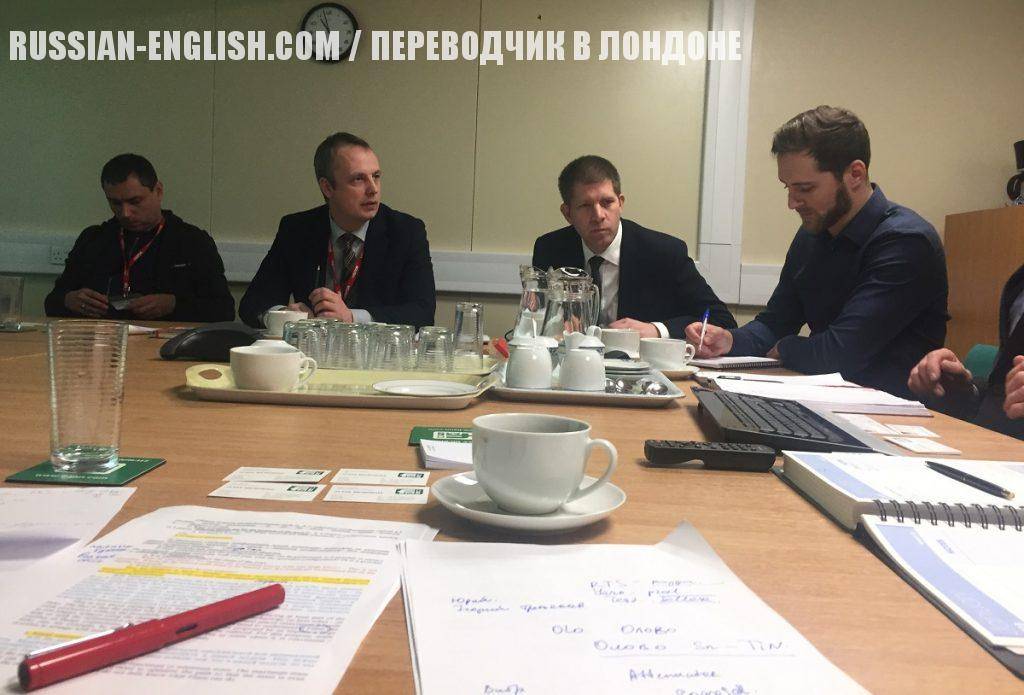Welcome to engl2.com – your hub for linguistic insights and translation strategies. Today, we discuss a specific yet crucial aspect of language translation: the challenges and solutions in translating documents from Arabic to Russian, particularly focusing on PDF formats. This guide is an essential read for professionals, students, and anyone intrigued by the intricacies of language translation between these two rich and complex languages.
Unlocking the Secrets of PDF Translation
Translating PDFs from Arabic to Russian comes with unique challenges, especially when dealing with non-standard formats and intricate designs.
Decoding Text from PDFs:
- PDFs, while universally used, often present hurdles in translation. The extraction of Arabic text can lead to improper decoding, an issue exacerbated by non-standard encodings or heavy formatting.
Navigating Complex Layouts:
- The visual elements that make a PDF appealing, such as images and elaborate designs, pose additional challenges in Arabic to Russian translation. These elements often demand a nuanced approach to preserve the document’s original intent and design.
The Intersection of Technology and Linguistic Expertise
In the realm of Arabic to Russian translation, technology and human expertise play pivotal roles.
The Human Touch in Translation:
Despite advances in technology, the role of manual translation remains irreplaceable, especially for complex texts. This method is essential to maintain the depth and context of the original Arabic content when translating into Russian.
Leveraging OCR Technology:
- Optical Character Recognition (OCR) technology is invaluable for translating Arabic text from PDFs to Russian. It facilitates the extraction of text from even the most intricate layouts, streamlining the translation process.
Strategies for Effective Word Count Management
Estimating word count is a critical step in translation, particularly when dealing with languages as diverse as Arabic and Russian.
Standard word count estimates (250-300 words per double-spaced page, 400-450 words for single-spaced pages) are a starting point. However, due to the distinctive characteristics of Arabic and Russian scripts, these numbers can vary, necessitating a tailored approach for each project.
The journey of translating Arabic text into Russian, especially from PDFs, is both challenging and rewarding. At engl2.com, we embrace these challenges and are dedicated to offering effective strategies and insights to navigate this complex field. Join us as we continue to explore and share knowledge in the fascinating realm of Arabic to Russian translation.


